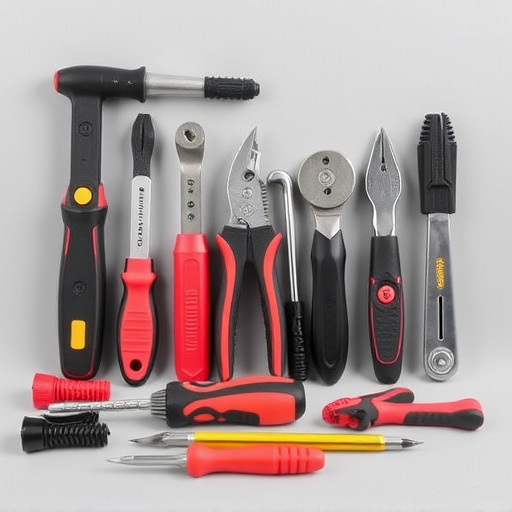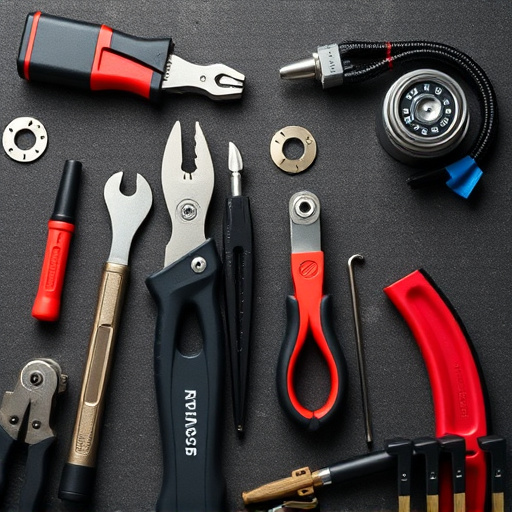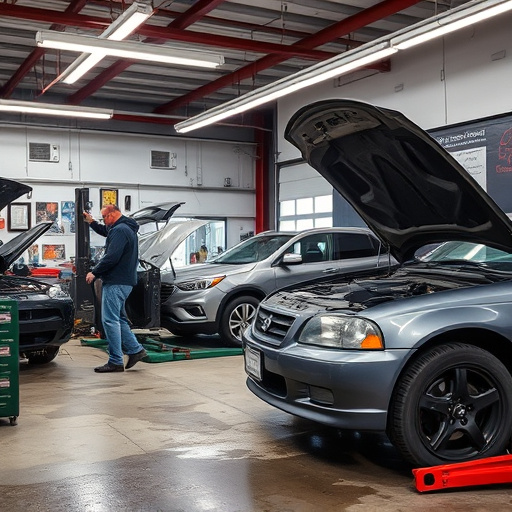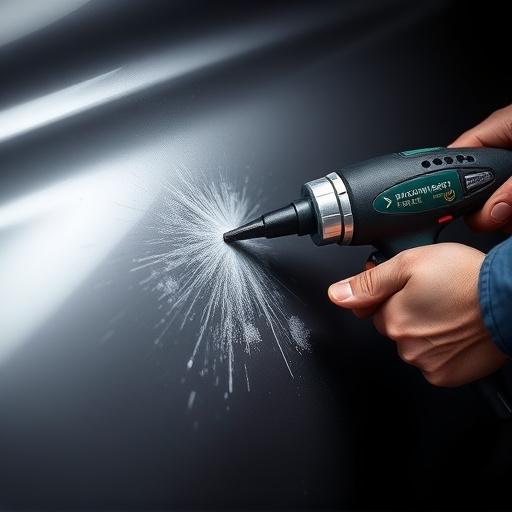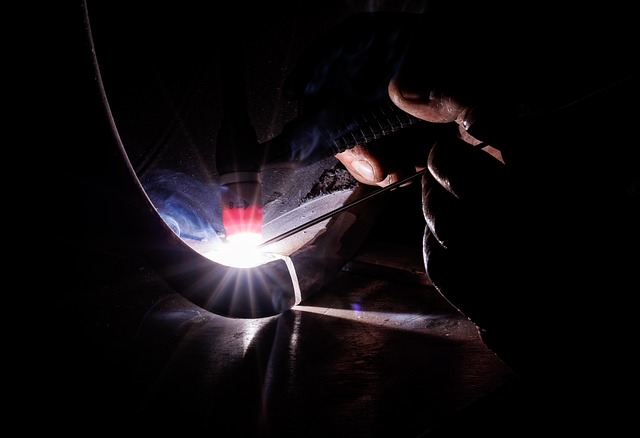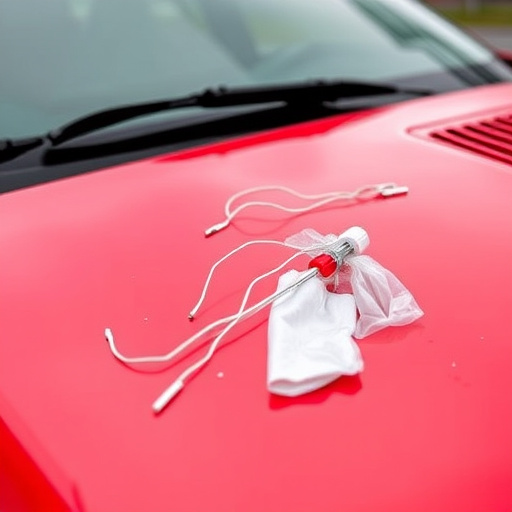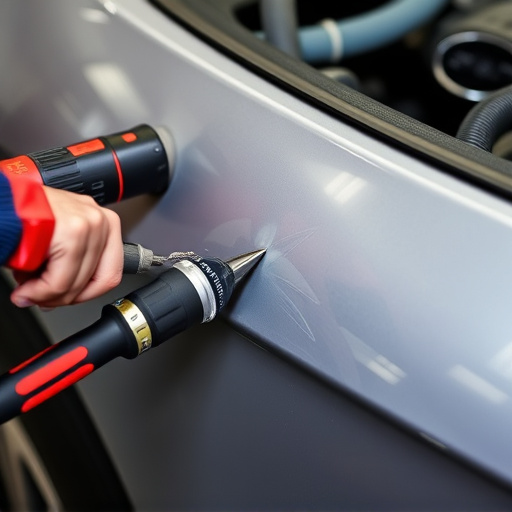The transparent repair process is revolutionizing collision repair centers by meticulously documenting every step of a vehicle's restoration, from auto glass replacement to engine overhauls. This method enhances accountability, builds trust between repair centers and clients, and streamlines dispute resolution through detailed records that facilitate clear communication among mechanics. Comprehensive documentation ensures consistency, adherence to standards, and future comparisons, enabling technicians to track progress, identify issues early, and make informed decisions. Effective documentation, using clear language, relevant dates, technician notes, and visual aids, along with digital systems, maintains accuracy, enhances client satisfaction, and is especially beneficial for intricate procedures like paintless dent repair.
In today’s digital era, ensuring accuracy in the repair process is paramount. The concept of a transparent repair process aims to foster trust and clarity, benefiting both businesses and customers. This article delves into the crucial role of documentation in achieving this transparency. We explore how comprehensive documentation enhances process accuracy, reduces errors, and promotes accountability. Additionally, we provide best practices for creating effective repair documentation to ensure a seamless and reliable transparent repair process.
- Understanding Transparent Repair Process and Its Benefits
- The Impact of Comprehensive Documentation on Accuracy
- Best Practices for Creating Effective Repair Documentation
Understanding Transparent Repair Process and Its Benefits

The transparent repair process is a revolutionary approach in the automotive industry, particularly within collision repair centers. It involves every step of the restoration being documented and easily accessible to all involved parties. This method not only enhances accountability but also offers numerous advantages for both customers and businesses. By implementing this process, collision repair centers can ensure that every repair, from auto glass replacement to intricate fender repairs, is meticulously recorded and verifiable.
This level of transparency builds trust between the repair center and its clients. Customers can rest assured that their vehicles are being repaired accurately and with the utmost care. Moreover, it facilitates efficient dispute resolution should any issues arise during the repair process. The detailed documentation enables clear communication and collaboration among mechanics, ensuring everyone is aligned on the goals and progress of each repair job, be it a simple dent removal or a complex engine overhaul.
The Impact of Comprehensive Documentation on Accuracy

Comprehensive documentation plays a pivotal role in ensuring the accuracy of any repair process, particularly within the realm of car bodywork services and vehicle dent repair. Every detail, from initial assessment to final touches, should be meticulously recorded. This includes not just visual inspections but also noting down specific techniques, materials used, and time taken for each stage. Such detailed records serve as a reference point for future comparisons, ensuring that repairs remain consistent and aligned with industry standards.
In the context of car restoration, accurate documentation acts as a bridge between the current state of a vehicle and its intended outcome. It enables repair technicians to track progress, identify potential issues early on, and make informed decisions. This level of transparency in the transparent repair process fosters trust among clients who are keenly interested in understanding how their beloved cars are being restored to their former glory or transformed into something new.
Best Practices for Creating Effective Repair Documentation

Creating effective documentation for a transparent repair process is paramount in ensuring accuracy and client satisfaction. Best practices involve utilizing clear, concise language that details every step taken during the repair, from initial assessment to final inspection. Each document should include relevant dates, technician notes, and visual aids such as before-and-after photos, which serve as tangible evidence of the work performed. Standardized templates can streamline this process, guaranteeing consistency across all repairs.
Moreover, integrating digital documentation systems enhances accessibility and organization. These platforms enable real-time updates, secure storage, and easy sharing with clients upon request. For instance, paintless dent repair techniques often involve intricate detail work; thorough documentation ensures that every nuance is captured and can be referenced during future inspections or touch-ups, contributing to the overall transparency of car repair services and vehicle bodywork restoration.
Documentation plays a pivotal role in ensuring the accuracy and transparency of the repair process. By meticulously recording each step, from initial assessment to final resolution, businesses can maintain high standards and build trust with clients. Comprehensive documentation not only improves accountability but also serves as a valuable resource for future reference, allowing for consistent and effective repairs. Adhering to best practices in creating repair documentation is essential to achieving these goals and fostering a culture of transparency in the industry.
